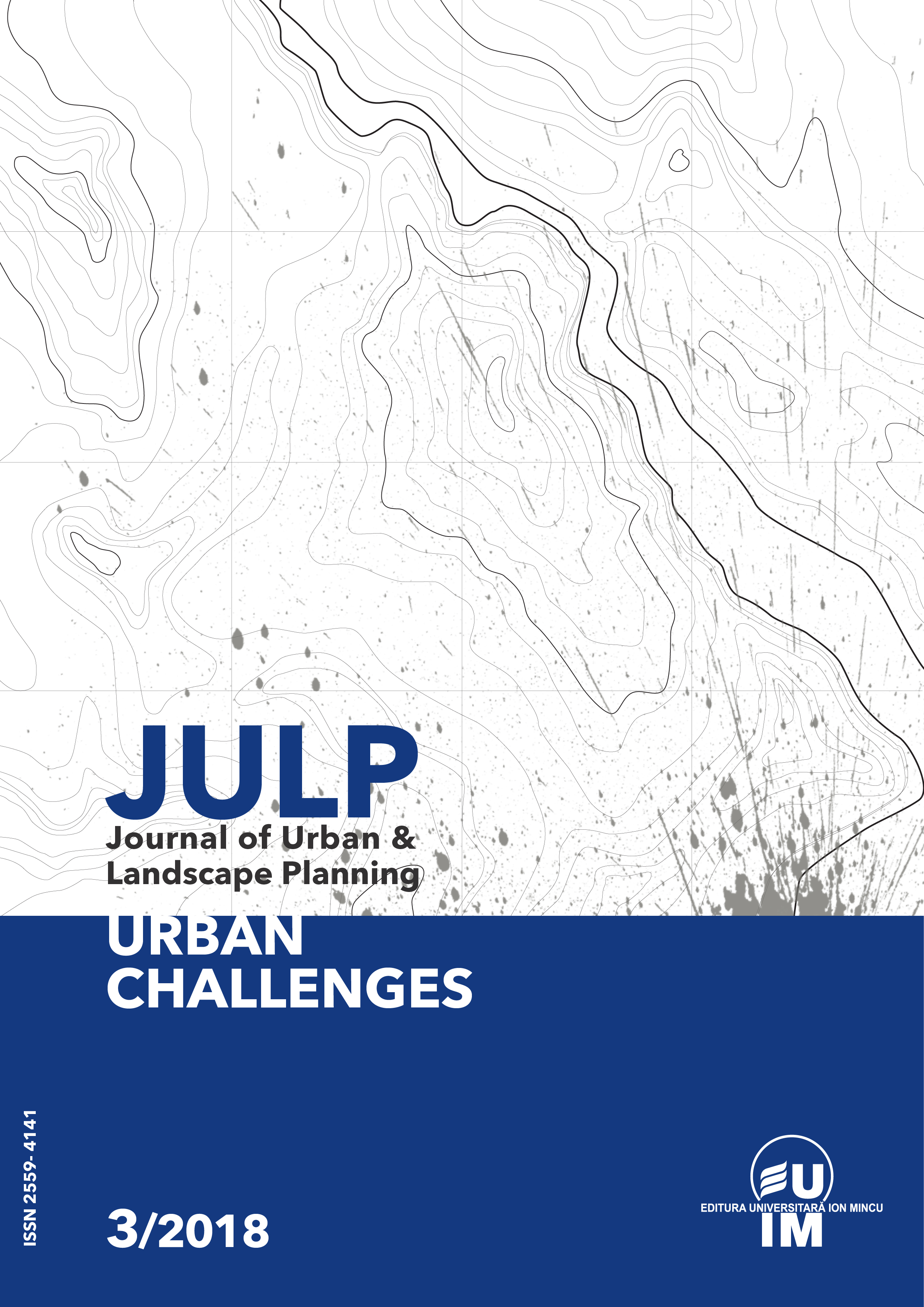My own space. The study of our childhood playground and the rules that self-regulated the play
My own space. The study of our childhood playground and the rules that self-regulated the play
Author(s): Radu-Mihai SansebeşSubject(s): Social Sciences, Fine Arts / Performing Arts, Essay|Book Review |Scientific Life, Geography, Regional studies
Published by: Editura Universitară “Ion Mincu”
Keywords: Urban planning, Landscape; Research; The Sense of Community; The Sense of Belonging; Self-Regulating Spaces; Playground Analysis; Social Connections; Child Psychology; Introspection; Memory
Summary/Abstract: I wanted this exercise of imagination to make a brief analysis of the playground and the way we managed to organize it during childhood. Our space is subjectively centered. It is organized around us and our needs. Most of the time this space is organized around the home. The analysis of our childhood playground focus on the elements and sub-elements that determine the sense of community. My space is defined as the space in which I identify myself, where I find myself, I share memories and I feel a sense of belonging.The longer time we spend in a certain space, the more we get to know its little secrets, discover it and thus identify with it. The perception of space is subjective, depending on the motivations of each subject and past experiences. We can lear and study the inherited rules from the way we were protecting the garden, retaining the same parking lot or by the way we organised the games in the given space. The space had also to satisfy emotional needs so that the sense of belonging can create social relationships.Architectural space must be understood as the mental image of the built environment, a space with rules that derive from basic human relations, a space that is organised by feelings and social connections.
Journal: Journal of Urban and Landscape Planning
- Issue Year: 2018
- Issue No: 3
- Page Range: 127-134
- Page Count: 7
- Language: English

